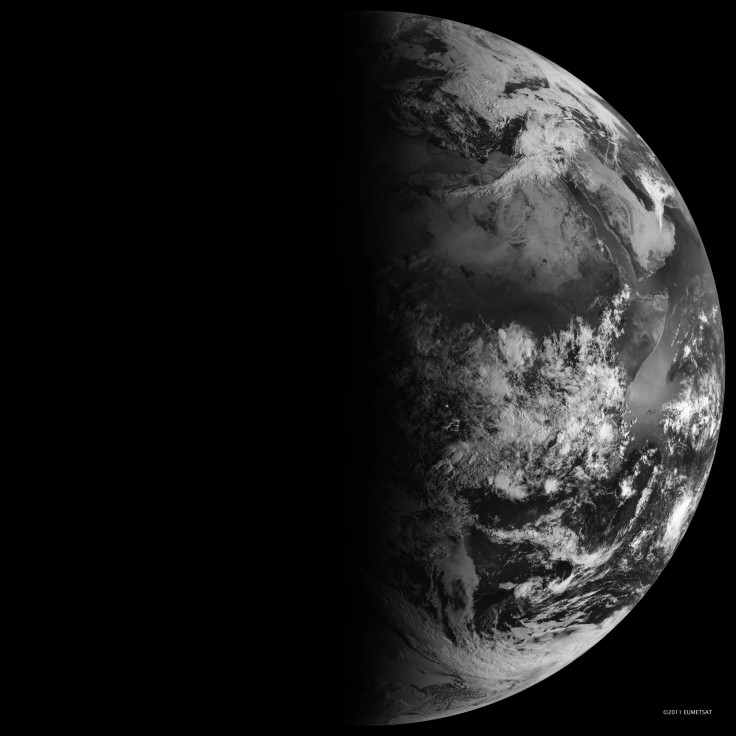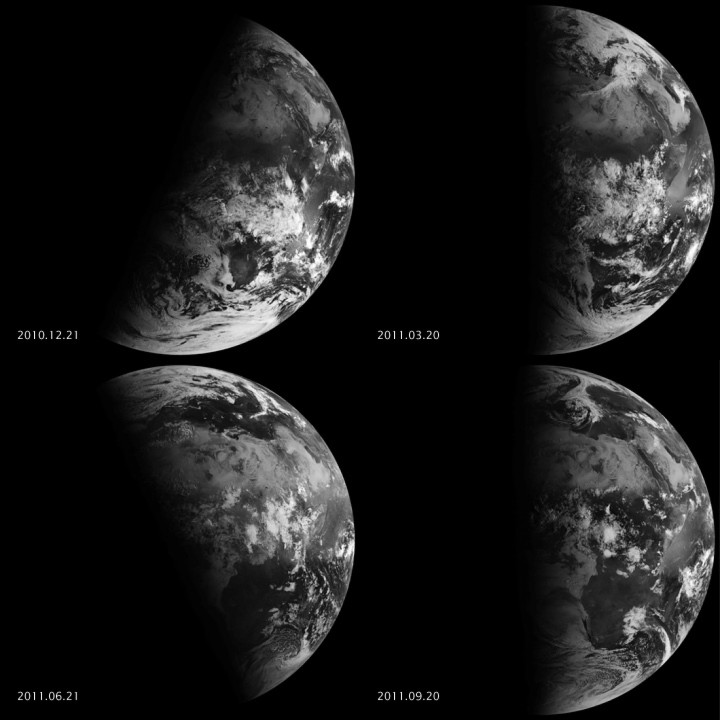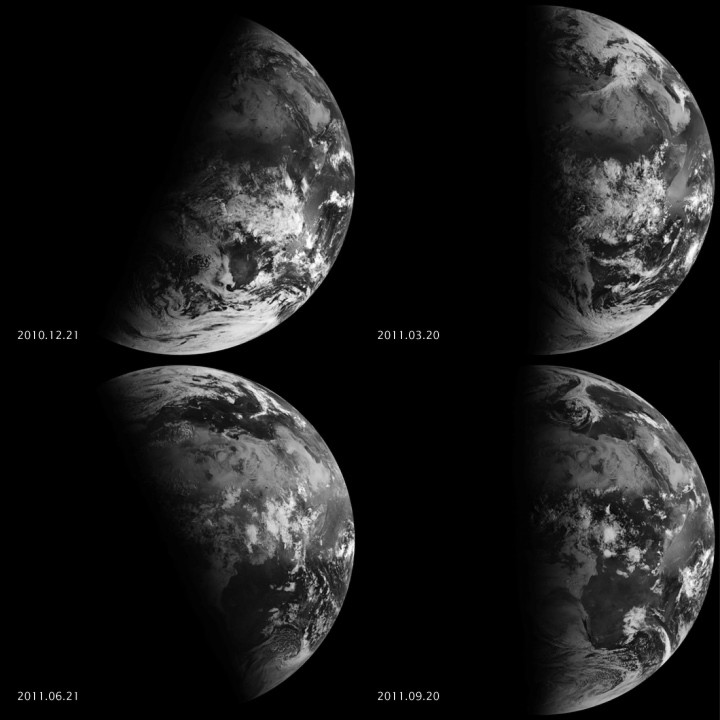Vernal Equinox On Wednesday Ushers In Spring For Northern Hemisphere

Spring is coming to the Northern Hemisphere on Wednesday, even though it might not feel that way to residents of the currently snowbound Northeast and Midwest U.S.
This year’s vernal equinox occurs on Wednesday, at exactly 11:02 Coordinated Universal Time (UTC), or 7:02 a.m. Eastern Daylight Time, ushering in spring in the Northern Hemisphere and autumn for the Southern. The time of the equinox marks when the center of the sun shines down right on the equator.
After the equinox, the sun's observed path through the sky will appear to creep north of the equator as the Earth orbits the sun. Thanks to our planet's tilted axis, the Northern Hemisphere will be increasingly inclined toward the sun in the coming months, easing us into the warmer seasons.
To visualize this, it may help to take a look at these photos of Earth taken from space, throughout the seasons:

Equinoxes have always held a special significance to human civilizations. For instance, the ancient Mayan city of Chichen Itza, located in what is now Mexico, contains a stepped pyramid temple honoring a feathered serpent god named Kukulkan. The temple is built such that, on the spring and autumn equinoxes, the steps of the pyramid cast shadows that resemble a winding serpent onto the side of a staircase, as seen below:

(By the way, the old legend about being able to balance eggs on their ends on the vernal equinox, due to mysterious gravitational alignments, is pure hokum.)
March 20 might seem like an early start for spring, but it’s actually not out of the ordinary. The 2012 spring equinox was the earliest in more than a century, clocking in on March 20 at 1:14 a.m. EDT.
For the rest of this century, the spring equinox will fall on the 19th or 20th of March in the Western Hemisphere. A vernal equinox on the 21st of March, which last occurred in 2007, won’t take place again until 2102. However, residents of the Eastern Hemisphere will see several March 21st equinoxes throughout the 21st century, according to Space.com. In Tokyo, the first day of spring will fall on March 21 in the years 2014, 2015, 2018, 2019, 2022 and 2023 and then once every four years from 2027 to 2055.
The reason that the equinox doesn’t fall on the same day of the year all the time (aside from time zones) is that our calendar is slightly imperfect. The calendar is comprised of 365 days, but the Earth takes 365.2 days to complete one circuit of the sun.
The word “equinox” is Latin for “equal night,”* and the name stems from the belief that the phenomenon occurs when night and day are the same length. But usually the date with equal day and night lengths comes a few days before the equinox -- plus, day length varies depending on how close you are located to the equator.
For instance, in New York City, this past Sunday had a day length of 12 hours, 1 minute and 8 seconds; when the equinox arrives, the day will be 12 hours, 9 minutes and 18 seconds long. In Singapore’s capital city, just about one degree north of the equator, the day length on the equinox will be 12 hours, 6 minutes and 28 seconds.
So why have the days been outstripping nights, even if the sun hasn’t crossed the celestial equator yet?
It’s due to a slight technical discrepancy. As mentioned before, the date of the equinox is based on the position of the center of the solar disc. But when astronomers calculate day length, sunrises and sunsets are recorded when the upper edge of the solar disc crosses the horizon, not the center. Also, Earth's atmosphere bends the sun's light, meaning that the sun appears higher in the sky than it actually is, hastening the dawn and delaying the sunset.
*Correction: An earlier version of this article said equinox was Latin for "equal light." Mea culpa!
© Copyright IBTimes 2024. All rights reserved.





















